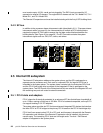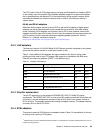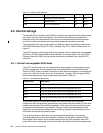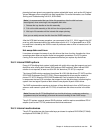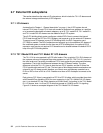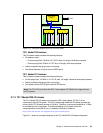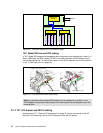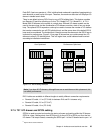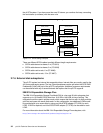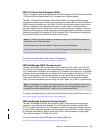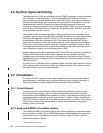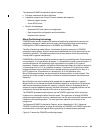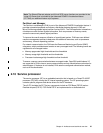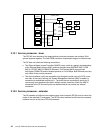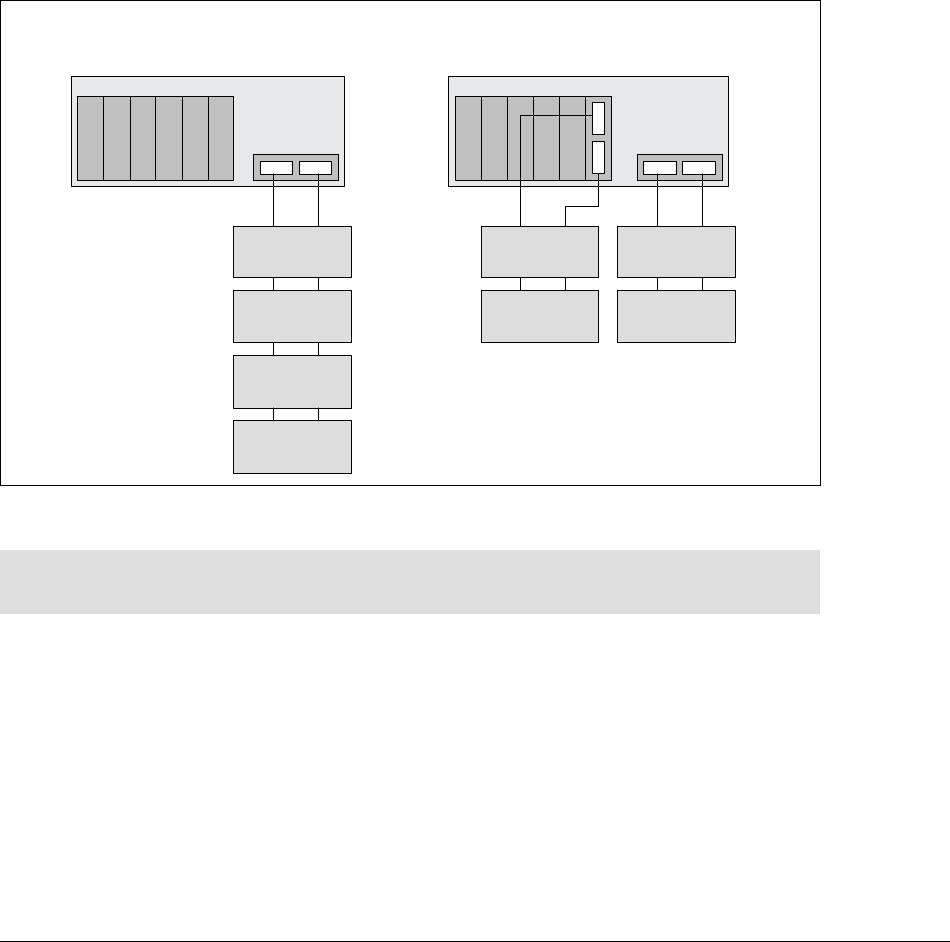
Chapter 2. Architecture and technical overview 35
Each RIO-2 port can operate at 1 GHz in bidirectional mode and is capable of passing data in
each direction on each cycle of the port. Therefore, the maximum data rate is 4 GBps per I/O
drawer in double barrel mode.
There is one default primary RIO-2 loop in any p5-570 building block. This feature provides
two Remote I/O ports for attaching up to four 7311 Model D10, 7311 Model D11, or 7311
Model D20 I/O drawers to the system in a single loop. Different I/O drawer models can be
used in the same loop, but the combination of I/O drawers must be a total of four per single
loop. The optional RIO-2 expansion card may be used to increase the number of I/O drawers
that can be connected to one p5-570 building block, and the same rules of the default RIO-2
loop must be considered. The method that is used to connect the drawers to the RIO-2 loop is
important for performance. Figure 2-13 on page 35 shows how you could connect four I/O
drawers to one p5-570 building block. This is a logical view, actual cables should be wired
according to installation instructions.
Figure 2-13 RIO-2 cabling examples
RIO-2 cables are available in different lengths to satisfy different connection requirements:
Remote I/O cable, 1.2 m (FC 3146, for between D10 and D11 drawers only)
Remote I/O cable, 3.5 m (FC 3147)
Remote I/O cable, 10 m (FC 3148)
2.7.5 7311 I/O drawer and SPCN cabling
SPCN
5
is used to control and monitor the status of power and cooling within the I/O drawer.
SPCN is a loop: Cabling starts from SPCN port 0 on the p5-570 to SPCN port 0 on the first
I/O drawer. The loop is closed, connecting the SPCN port 1 of the I/O drawer back to port 1 of
Note: If you have 20 I/O drawers, although there are no restrictions on their placement, this
can affect performance.
I/O drawer #1
I/O drawer #2
I/O drawer #3
I/O drawer #4
I/O drawer #3
I/O drawer #4
I/O drawer #1
I/O drawer #2
Cost Optimized Performance Optimized
PCI-X slots
5
System Power Control Network




